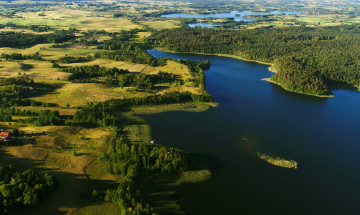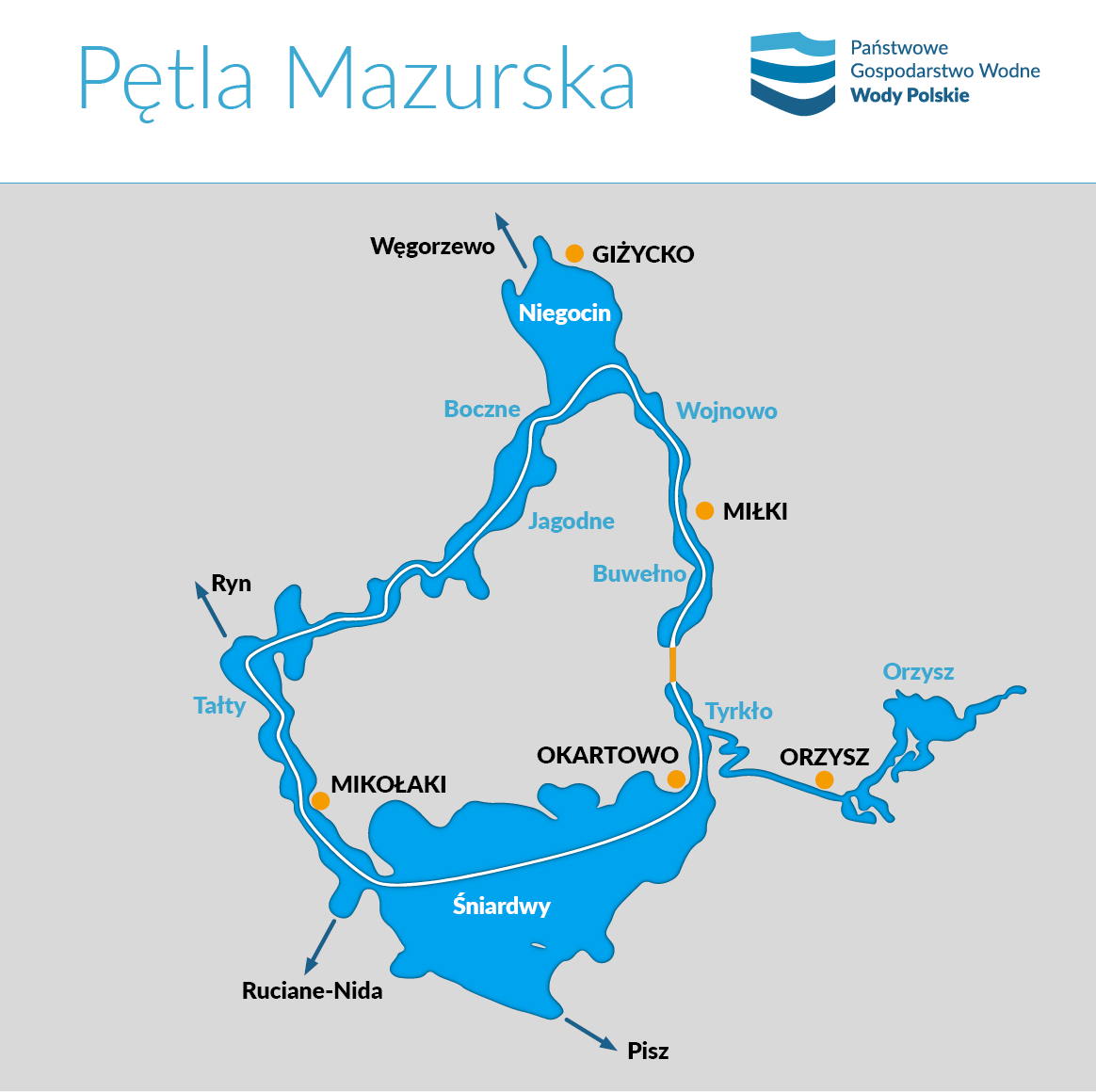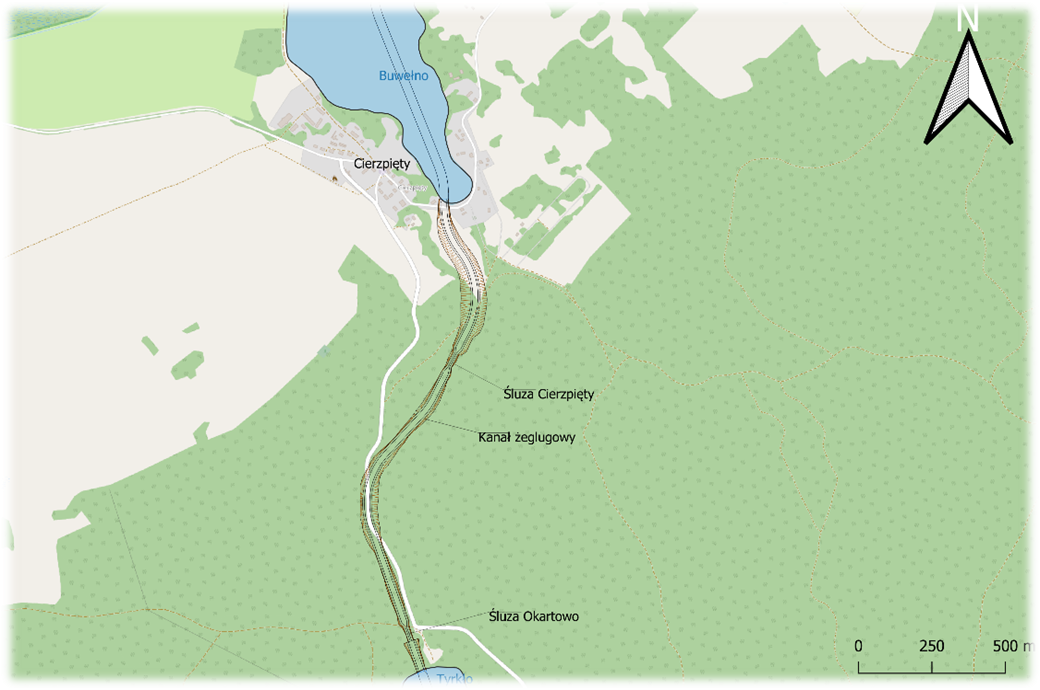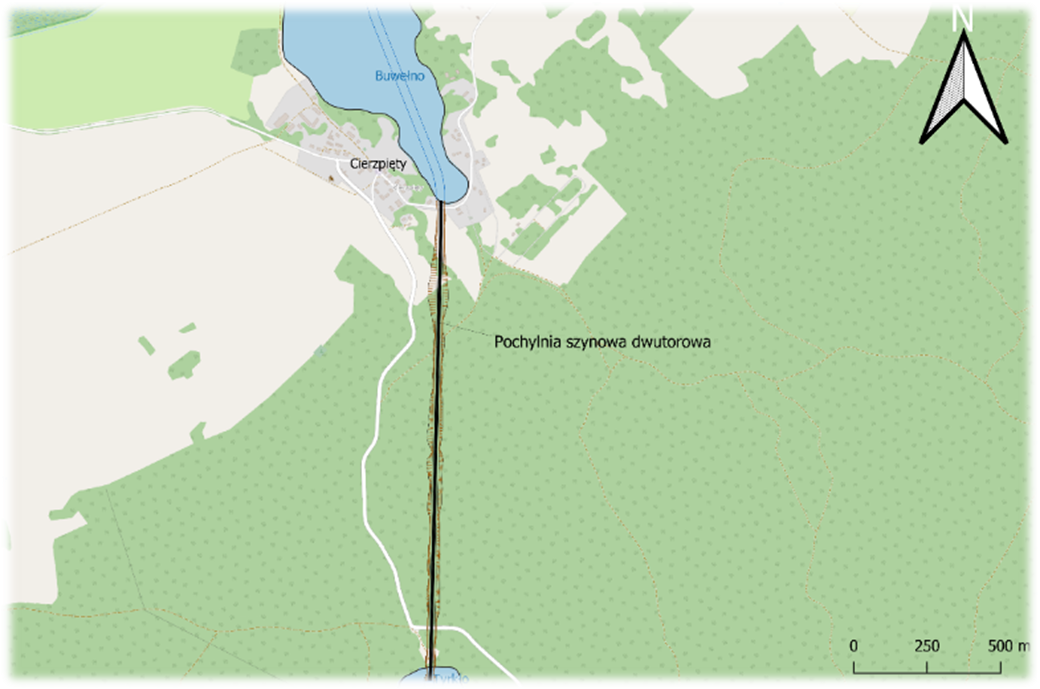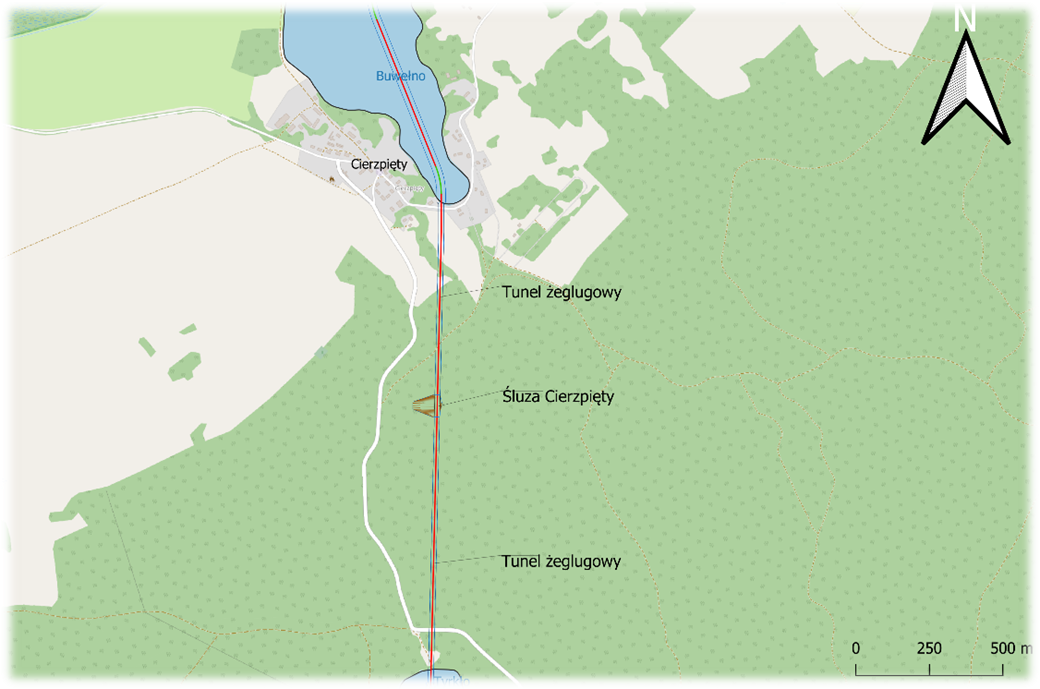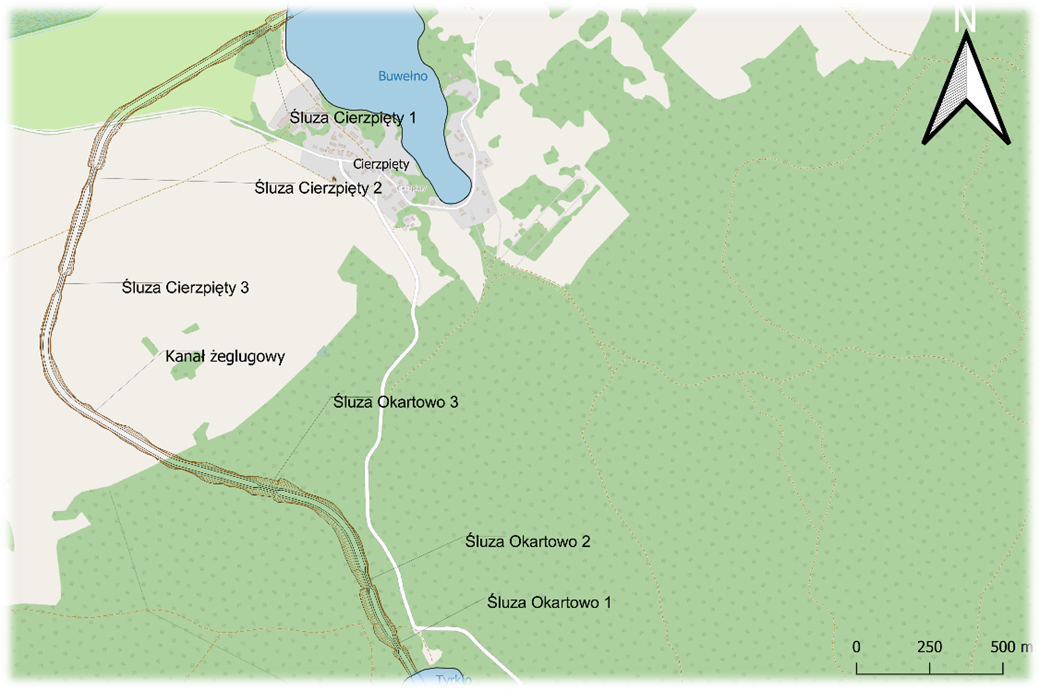
Pre-Feasibility Study to connect Buwełno and Tyrkło lakes in Poland.
Do you have any questions?
- International
- Projects
- Pre-Feasibility Study to connect Buwełno and Tyrkło lakes in Poland.
Construction of a waterway connecting Lake Niegocin with Lake Śniardwy
To create a sailing route in the form of a loop (Masurian Loop), Antea Group Poland developed a feasibility study to connect Lake Buwełno and Lake Tyrkło. The investment will provide access to Lake Śniardwy from the port of Giżycko on Lake Niegocin and return via a waterway across Lake Śniardwy to Lake Niegocin.

